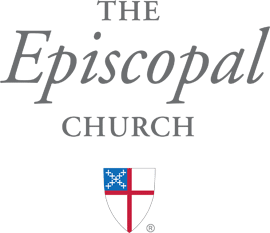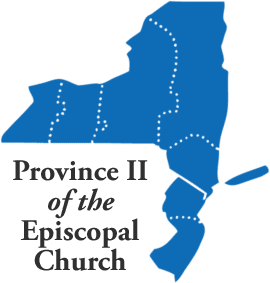Communications
Announcements

Clergy ministry transitions in 2026
Arrivals, departures, ordinations, and retirements.Clergy ministry transitions in 2025
Arrivals, departures, ordinations, and retirements.Death in our diocesan family: The Rev. Abigail “Abby” Hamilton
Abby was ordained a priest on January 5, 1977 at St. Paul’s, Morris Plains, becoming the fourth woman in the country, and the first in New Jersey, to be ordained after the 1976 General Convention approved the ordination of women.Death in our diocesan family: Salvatore Racioppi
With sadness we share the news of the death of Salvatore Racioppi, 80, on November 30, 2025. He was the father of the Rev. Jerry Racioppi, Rector of Holy Spirit, Verona, and father-in-law of Randy Johnson, diocesan staff member.Elections & Appointments at the 151st Convention
Reported by John A. King, Secretary of Convention.Death in our diocesan family: The Rt. Rev. Herbert A. Donovan Jr.
With sadness we share the news of the death of the Rt. Rev. Herbert A. Donovan Jr., 94, on Nov. 2, 2025 in Colorado. Herb served in the Diocese of Newark as Rector of St. Luke’s, Montclair from 1970 until he was elected Bishop of Arkansas in 1980.Education for Ministry (EfM): Celebrating 50 Years of formation and faith
Now in its 50th year, as EfM continues to grow we are actively seeking both new mentors and new participants.Death in our diocesan family: Leila Campbell
With sadness we share the news of the death of Leila Campbell, 90, on October 3, 2025. She was the mother-in-law of Nina Nicholson, diocesan staff member.Death in our diocesan family: The Rev. Deacon Elizabeth “Liz” Ostuni
With sadness we share the news of the death of the Rev. Deacon Elizabeth “Liz” Ostuni, 88, on October 6, 2025.Deadline to submit announcements for Convention slideshow
To have your announcement included in the slideshow of announcements at Convention, submit the information no later than 5 PM on Friday, Nov. 7.“Another Pair of Eyes” Project for Parish Communicators
This project assists parish communicators in finding partners from among their counterparts at other churches, for the purpose of performing mutual reviews of one another’s communications efforts and offering suggestions and ideas.Death in our diocesan Family: Bernice Mayes
With sadness we share the news of the death of Bernice Mayes, 88, on September 4, 2025.Death in our diocesan family: The Rev. Donald R. Shearer
Don will be remembered at a Sung Requiem Mass at Saint John’s, Passaic on Saturday, September 13, 2025 at 10:30 AM.Death in our diocesan family: Vernon Lowell Collins
With sadness we share the news of the death of Vernon Lowell Collins, 91, the father of the Rev. Mark Robin Collins, rector of All Saints’ Church in Glen Rock.Death in our diocesan family: Elizabeth Campbell “Bonnie” Magnuson
With sadness we share the news of the death of Elizabeth Campbell “Bonnie” Magnuson, 84, on August 10, 2025 in Portland, ME.Death in our diocesan family: Juli Shea Towell
With sadness we share the news of the death of Juli Shea Towell, 91, on August 1, 2025.Director of Communications




